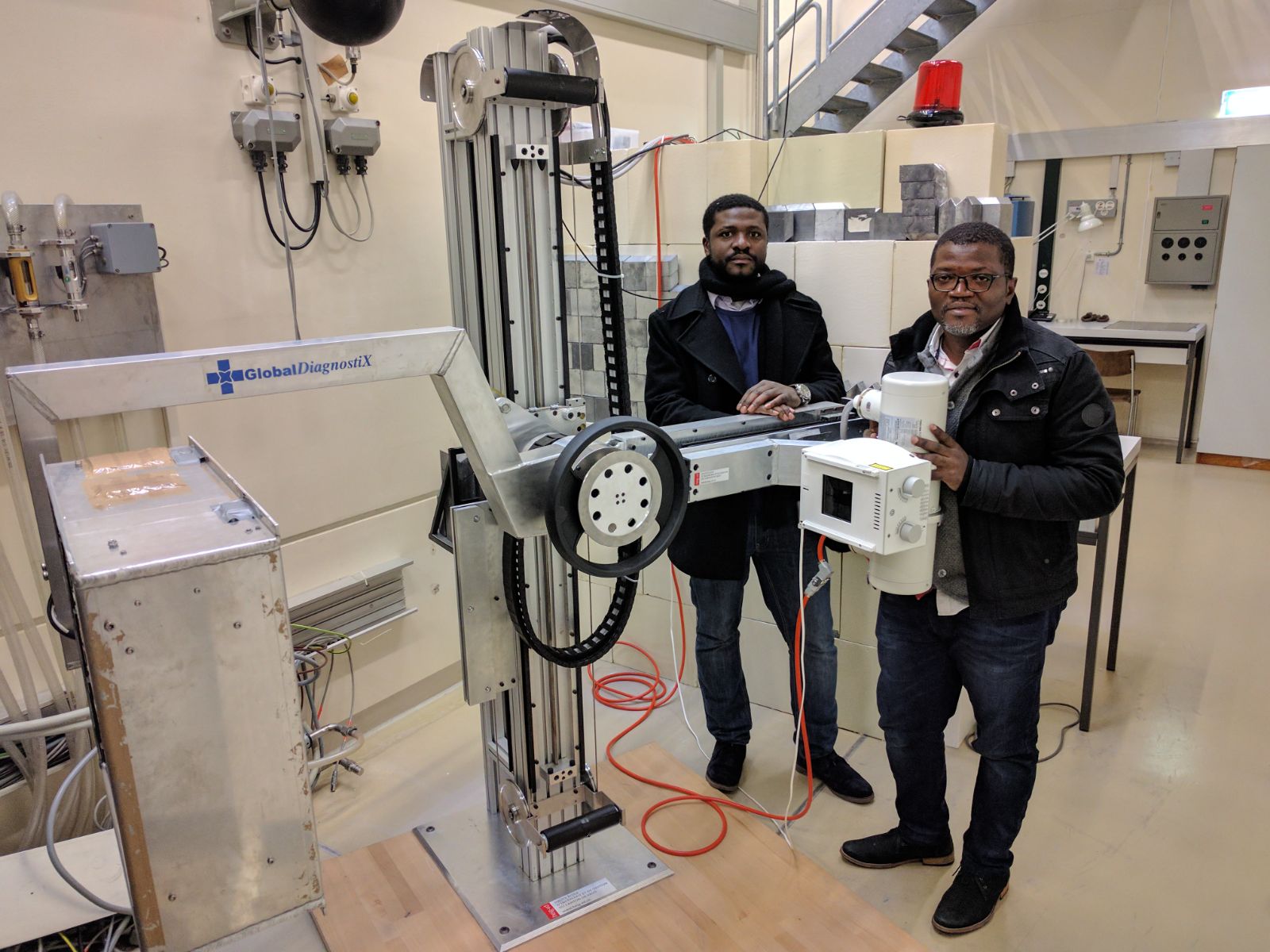Given that nearly 70% of radiology equipment installed in developing countries is not functional1, we reckon that the root cause lies not only in technologies, which are fragile and ill-adapted to these harsh contexts, but also in the lack of maintenance of machines that are expensive and difficult to repair. Numerous breakdowns and malfunctions could be avoided by regular control and calibration operations, which are nevertheless required by the regulations and directives that govern medical devices.
In order to meet the technical and economic development of the hospitals in these regions and to ensure that the GlobalDiagnostiX system is appropriate to these contexts, it is crucial to implement an integrated and exhaustive maintenance concept that integrates the local personnel and know-how. This concept will mostly revolve around three axes, which aim to reduce the equipment’s downtime and malfunctions:
- Predictive or provisional maintenance measures to anticipate potential breakdowns before they occur. We are planning to implement continuous automatic control devices and to extend the concept through the establishment of a service of remote surveillance of the connected machines to ensure their smooth operation in the long term.
- Preventive maintenance operations, integrated within a quality system enabling us to ensure that the equipment is always fully operational and calibrated. This calls for the installation of procedures for regular on-the-spot controls.
- Palliative and remedial procedures and operations, to tackle the breakdowns and failures as quickly as possible.
Within the framework of the current research phase, a broad-ranging campaign is being undertaken to gather information on the recurring failures that affect the X-ray machines currently on the market.
In order to achieve this, we have had several working sessions with technicians responsible for the maintenance of medical machines, including an engineer of the Douala General Hospital in Cameroon, but also with engineers working for the ICRC and the CHUV’s maintenance team.
Under the supervision of Oumarou Mvempi, engineer at the EssentialMed foundation, this work is carried out in close collaboration with other technicians and biomedical engineers in Africa and more particularly in Cameroon. The results of this study are used by the teams involved in the GlobalDiagnostiX project to develop a sturdy machine that integrates all the devices required by the 3 maintenance concepts described above.

Oumarou Mvempi, the engineer who is responsible for the maintenance concept of the GlobalDiagnositX project, and Narcisse Nana, a biomedical engineer at the Douala General Hospital in Cameroon
[1] Turning a blind eye: the mobilization of radiology services in resource-poor regions. Authors: Duncan Smith-Rohrberg Maru, Ryan Schwarz, Andrews Jason, Sanjay Basu, Aditya Sharma, and Christopher Moore1; Global Health. 2010; 6: 18. Published online 2010 Oct 14.
Article URL http://www.globalizationandhealth.com/content/6/1/18, accessed on 27.02.2017
